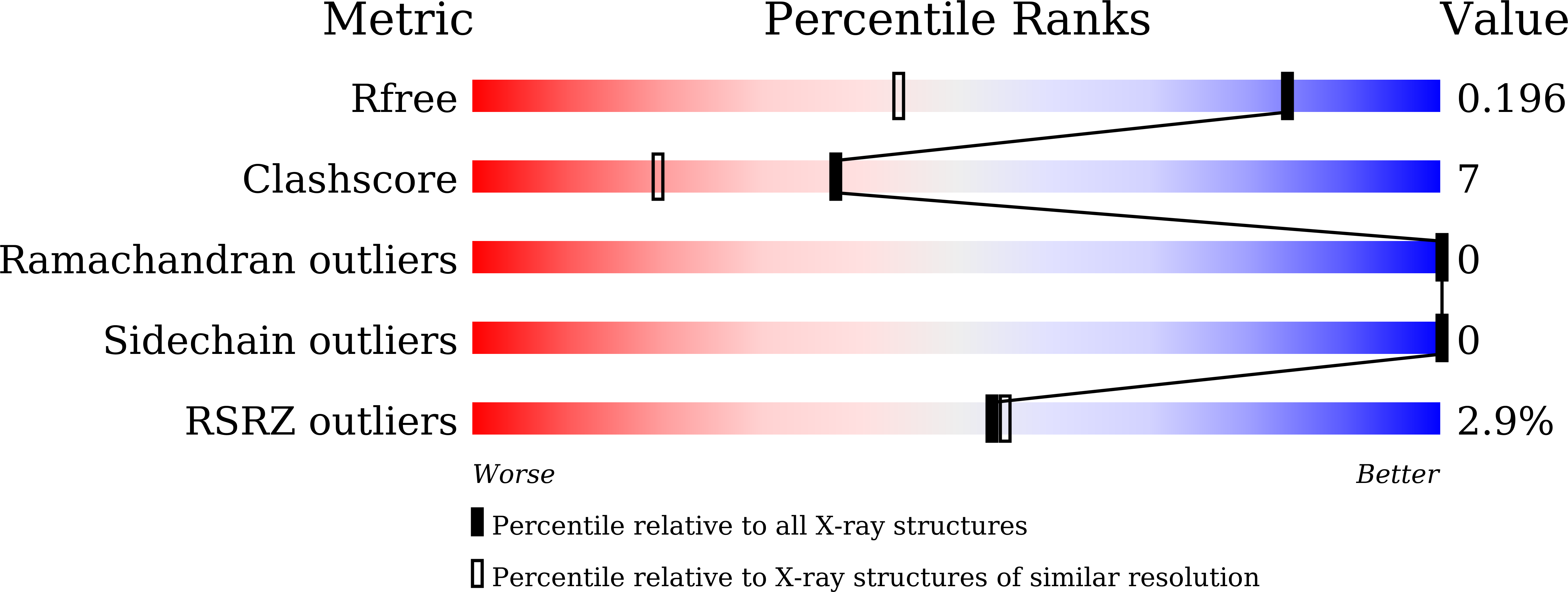
Deposition Date
2025-04-13
Release Date
2025-05-21
Last Version Date
2025-05-21
Method Details:
Experimental Method:
Resolution:
1.39 Å
R-Value Free:
0.19
R-Value Work:
0.17
R-Value Observed:
0.17
Space Group:
P 21 21 21


